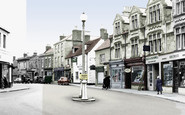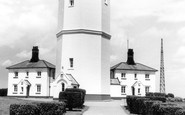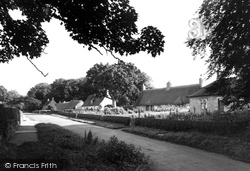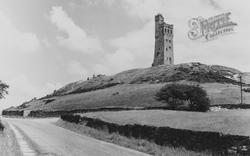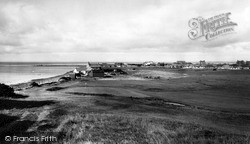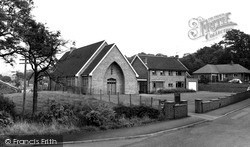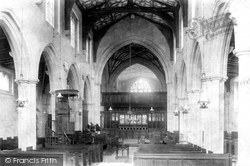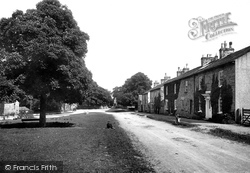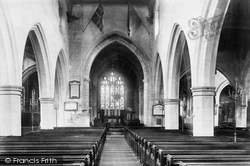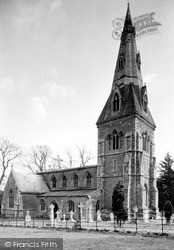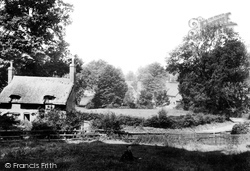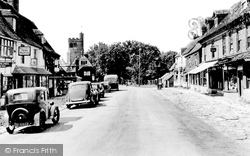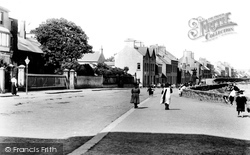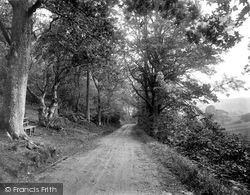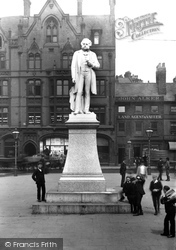Places
4 places found.
Those places high-lighted have photos. All locations may have maps, books and memories.
Photos
6 photos found. Showing results 661 to 6.
Maps
65 maps found.
Books
1 books found. Showing results 793 to 1.
Memories
4,591 memories found. Showing results 331 to 340.
First School
I was six when this photo was taken. We lived in a tiny flat in Curzon Street, basically one room, and I went to school at Fintragh, a tiny private school in two rooms part way down the high street, opposite the Post Office. This ...Read more
A memory of Calne in 1950 by
Welsh Girl From Six Bells
Born in Abergavenny in Dec/ 1951. Brought home to my Nanna's house who we lived with in 1 Lancaster Street where my family lived. Dad worked down the six bells pit at the time, and I have fond memories while I was ...Read more
A memory of Six Bells in 1958 by
County Oak And Tushmore Sports And Social Club
Tushmore Lane and either side of the main A23 had properties forming the catchment area for club members, also another general store and petrol station. County Oak boasted a recreation ground ...Read more
A memory of Crawley in 1953 by
Recollection Of June 1953
I recall receiving a Coronation Commemoration Mug, in my nursery school in June 1953. I was 5 at the time. My father was a resident Doctor in St. Michaels Hospital in Braintree. Does anyone know the name of the school ? ...Read more
A memory of Braintree by
Bombing Of Morland Avenue
Written by my mother when she was 70. She lived in Swaisland Road I think one of the things you would have noticed was the number of barrage balloons all around, high in the sky. The first sound of guns which we heard ...Read more
A memory of Dartford in 1945
Brooksby Hall Agricultural College, Leicestershire,England
Like Gwilym Evans I was enlisted into HM Forces in 1944, along with my twin brother. We were born in May 1926. Served with RASC as drivers first in Wiltshire, England, driving 3 ton ...Read more
A memory of Nantgwynant in 1949 by
My Lost Youth
As a wee lad of 7 o r8, I had (I think) TB, my illness was called debility. My only memories are, an ambulance at my home in Walsall, my mom/dad waving and the tears, 2 nuns and then a hell of a long scary train ride. Margate ...Read more
A memory of Broadstairs in 1954 by
Memories Of Leadgate And Iveston 1938 1943
I came to live at Leadgate when I was 12 years old and attended Leadgate Council School which was a large red brick building for infants and juniors, boys and girls. I was at the school for only 2 years, ...Read more
A memory of Leadgate in 1930 by
Wartime Evacuee 1939 1940
In August 1939 I was evacuated frm Salford to Caton. I had my gas mask, a small parcel of food and a label on my clothing. We arrived at the then beautiful station, adorned with flowers. Then we walked to the Village ...Read more
A memory of Caton in 1930 by
During The Second World War
This story is a memory during the Second World War. My father Samuel Fredrick Richardson was the air-raid warden. There was a brick shelter, built on the village green. Most of the village used to use it. One ...Read more
A memory of Frimley Green in 1940 by
Captions
925 captions found. Showing results 793 to 816.
Despite the fact that they were supposed to be on the same side when it came to defending the Borders, the Herons of Ford and the Manners of Etal did not always see eye-to-eye.
Small Hythe was a harbour as late as the 16th century, when the sea came up this far from Rye. The long and spruce black and white cottage we see here was home to the harbourmaster.
Stone came from the Crosland Hill quarry. During renovations in 1960 the top section was removed, and the tower now stands at a height of 996.7 feet above sea level.
This view shows the 'sublime horrors' of the waterfall that the first visitors came to see: the hotel provided for their needs.
It is thought that the name Knot came from the sea bird, as there used to be flocks of them here—Knott End assumed the extra 't' only in recent years.
At the foot of Langho Fells and in sight of Pendle Hill stands the Saxon village of Old Langho; its church, St Leonard's, was built with stone that came from Whalley Abbey in about 1530.
The Franciscans came to Richmond in 1258, and built a small church befitting their commitment to poverty, but this elegant belfry tower was slotted into the crossing of the church between the nave, choir
The Hall was famed for its oak carvings, panelling, plaster work, and handprinted wall papers.
Some of the plate came from Imber church - the small village was taken over by the Army during the last war.
Also, in the same year a North of England XI entertained the Australian team. In the first Yorkshire cricket game in June 1891 the home team lost to Derbyshire by 45 runs.
Also, in the same year a North of England XI entertained the Australian team. In the first Yorkshire cricket game in June 1891 the home team lost to Derbyshire by 45 runs.
The original water supply to the village came from Diana's well, and the large stone (dated 1859) at the end of the green (centre left) still retains a tap.
The Queen came here in her Jubilee year, 1977, to unveil a stone commemorating the crowning of her predecessor Edward the Elder on this site 1100 years ago.
In 1730 Mrs Orton ensured the village's undying fame, for although she sold it at Stilton in Huntingdonshire, it was here that she created Stilton cheese.
It later came into the possession of the Vane family, though it was temporarily lost by them to the Royalists during the English Civil War following a surprise attack.
In the 1800s, the villagers' income came from the straw-plaiting industry, which served the hat-making trade at Luton.
Its claim to fame are the Siamese twins pictured on the village sign (not visible on the photograph); known as Eliza and Mary, they were born joined at the shoulder and hip and lived together like this
A busy port became the Royal Mail route, and then came the beautifully-engineered harbour and a lighthouse. That was nearly 80 years before this photograph was taken, and it was the days of sail.
It later came into the possession of the Vane family, though it was temporarily lost by them to the Royalists during the English Civil War following a surprise attack.
In 1898 the town's landlord was Lord Shaftesbury; the estate came to him from his father marrying the surviving Chichester daughter.
There was a bandstand which was converted into a café; later came a putting green.
Perhaps because of this, the initial programming had a very classy feel - André Previn came with the Musikverein Quartet in 1984 - but though the public liked the prestige this bought to the
He worked tirelessly for the repeal of the Corn Laws, which came about in 1846.
The war memorial lists the names of local men who lost their lives during the two world wars, many of them while serving with the county regiment, the Glosters.
Places (4)
Photos (6)
Memories (4591)
Books (1)
Maps (65)

